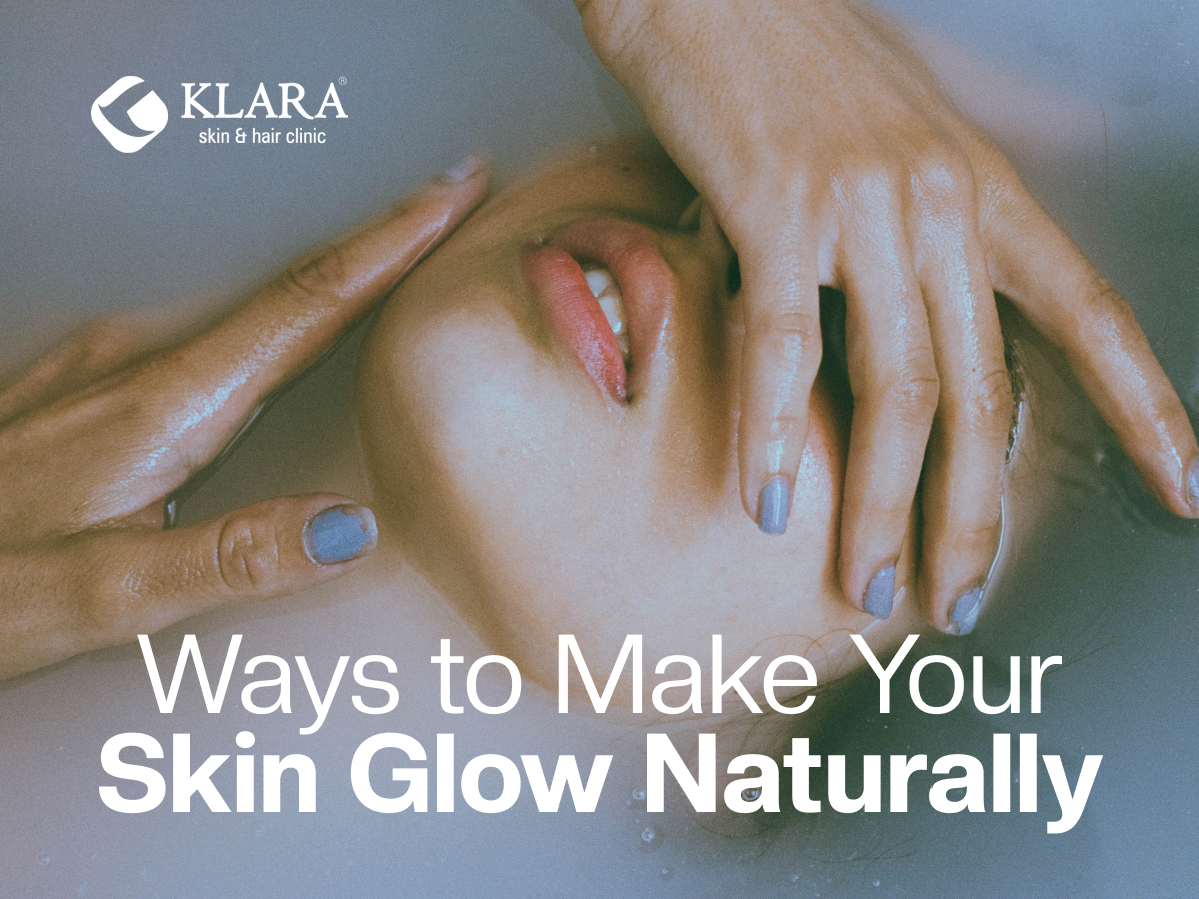Healthy, radiant skin is the best makeup you can wear. Glowing, dewy skin is a sign of good health, which is a goal many of us aspire to achieve.
Unfortunately, not everyone is naturally blessed with it. However, by making positive lifestyle and dietary changes, engaging in regular exercise, ensuring sufficient sleep, and using suitable skincare products, you can attain healthy skin that radiates even without makeup.
Our team of expert dermatologists at Klara Skin and Hair Clinic in Chennai shares the secret to achieving radiant skin and provides insights into improving skin texture, tone, and brightness. Klara Skin and Hair Clinic offers cutting-edge treatments and procedures to address a wide range of skin and hair concerns.
Let’s delve into the ways to attain the skin of your dreams.
Cleansing:
Thoroughly cleaning your skin is essential to remove traces of dirt, dead skin, and makeup. Use a mild, pH-balanced cleanser that is free from soap and harsh chemicals.
Make sure to cleanse your skin in the morning, before bedtime, and after sweating. Opt for lukewarm water instead of extremely hot or cold water, and gently pat your skin dry. Once a week, consider using a mild exfoliator at night.
Moisturizing:
Our expert dermatologists stress the importance of daily moisturization for well-hydrated skin. Moisturizers act as a protective barrier against external pollutants.
Furthermore, applying moisturizer immediately after cleansing is highly beneficial as it helps lock in moisture.
Individuals with dry skin might prefer denser moisturizers containing essential oils, while those with oily skin can opt for oil-free options.
The frequency of moisturizer application throughout the day should be determined based on climate and skin type. Choose a product that caters to your skin’s oil and water balance.
Sun Protection:
Excessive exposure to the sun’s UV rays can damage your skin and accelerate signs of aging. Using an SPF sunscreen is a simple yet effective way to shield your skin. Opt for a broad-spectrum sunscreen with SPF 30 or higher that suits your skin type.
Apply the sunscreen to all exposed areas, including your face, neck, hands, and feet. Additionally, wearing a hat, using an umbrella, or seeking shade can offer extra protection from direct sunlight.
Adequate Hydration:
Maintaining proper hydration by drinking enough water is crucial for supple and elastic skin. However, avoid excessive water intake, as it can lead to nutrient depletion and compromised skin hydration. Incorporate essential fatty acids into your diet to enhance skin radiance.

